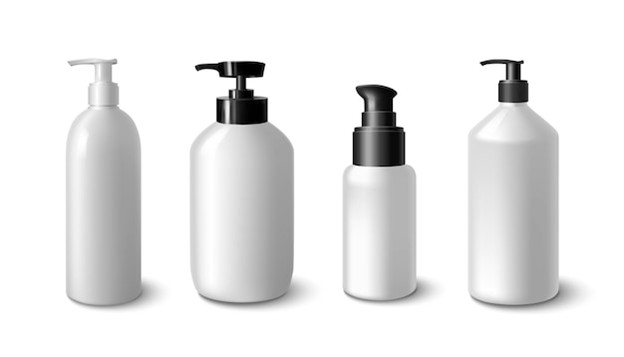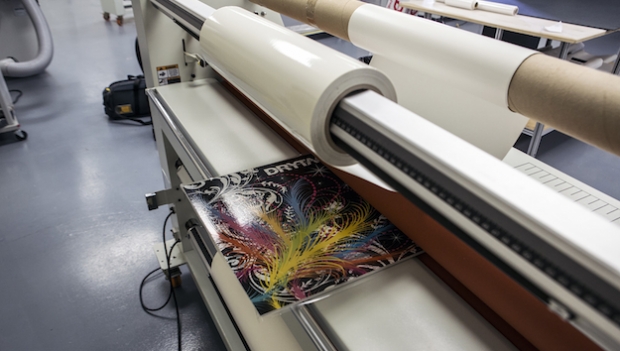
- The use of carton set optimization helped DHL save between 5% and 7% on annual shipping costs when tested in e-commerce warehouses across three industries, according to a paper published in the Journal of Business Logistics last October.
- Carton set optimization helps a manager determine how many different container sizes it should have in an operation and what size those cartons should be to help minimize empty space.
- The practice of carton set optimization has become increasingly important, as carriers charge shippers based on dimensional weight, according to the paper.
To manage the change in pricing, DHL sought to figure out a way to determine how many different carton sizes a particular warehouse should have. Researchers in the study tested carton set optimization on a toy warehouse, a medical supplies warehouse and a technology warehouse.
The study found variability in how much a company will benefit from this kind of analysis, Singh said."If you look at the toy example, that is where we found the most savings," he said. "Because toys are not too heavy" and there is significant variability in the shapes and sizes.
Ehsan Ardjmand, the study's co-author and assistant professor of analytics and information systems at Ohio University, said the research showed how carton set optimization can help warehouses cut down on their carbon footprint by reducing packaging and the number of shipments needed.
"This is important because the change that we are suggesting in the paper is minimal," Ardjmand said. "I believe it is rather easy to implement, but that's going to have a considerable impact on the carbon footprint of warehouses."
Singh and Ardjmand used historical order information from e-commerce warehouses to help determine this optimal set of cartons.
"We found that the amount of data that we need is something that every retailer, every fulfillment center gathers frequently," Ardjmand said, adding there's no need to build a new database for this kind of carton set optimization.
The amount of data the researchers need for carton set optimization depends on the variability of orders experienced by a given warehouse. If a warehouse doesn't experience seasonal demand swings and sees a consistent combination of items in its orders, the optimization could rely on a single quarter of data, Singh said. But if there is seasonality or more variance in orders, Singh continued, then a year or more of data might be needed to determine a proper mix.
The data used to determine the mix includes the items ordered, the dimensions of those items, the carriers used for delivery, the destination and origin zip code and the cost of shipping (either provided by the shipper or estimated using publically-available rate charts).
"After that, we use our tool and figure out, what are the right size cartons or boxes that this warehouse or this customer should keep so that it minimizes the shipment spend?" Singh said.
The "tool" is a set of algorithms that take the provided data and process it through three steps:
- Order cubing: Determine the best fit carton for each order in a sample.
- Carton grouping: Cluster the cartons from order cubing, based on their dimensions, and then "the carton with largest three-way dimensions of each group is chosen. This is because this carton is able to fit all other orders in the same group," according to the paper.
- Selecting the optimal carton set: This process involves a type of algorithm, known as an evolutionary algorithm, that will go through different carton combinations to see which set will minimize shipping costs.
Singh noted a fourth step in this process is usually discussing the options presented by the tool to ensure they are realistic for the warehouse environment.
The output of the algorithm will provide the optimal carton set. This means it might recommend that a shipper use a set of 15 different carton sizes, but it will also provide the best size mix for 14 or 13 cartons that would still be able to handle their orders. The researchers found that as the number of carton sizes increases, so does carton utilization and annual savings — but that doesn't mean it's always the right call.
A company "has to bear in mind that adding excessive number of carton types can increase the inventory control and sourcing costs of the cartons and negate the shipping savings by the increased time it takes to locate a given carton in an operation in which the cartons are filled manually," the paper reads. The study found that companies can save on shipping, even when using fewer carton sizes than recommended while still using sizes recommended by the algorithm.







